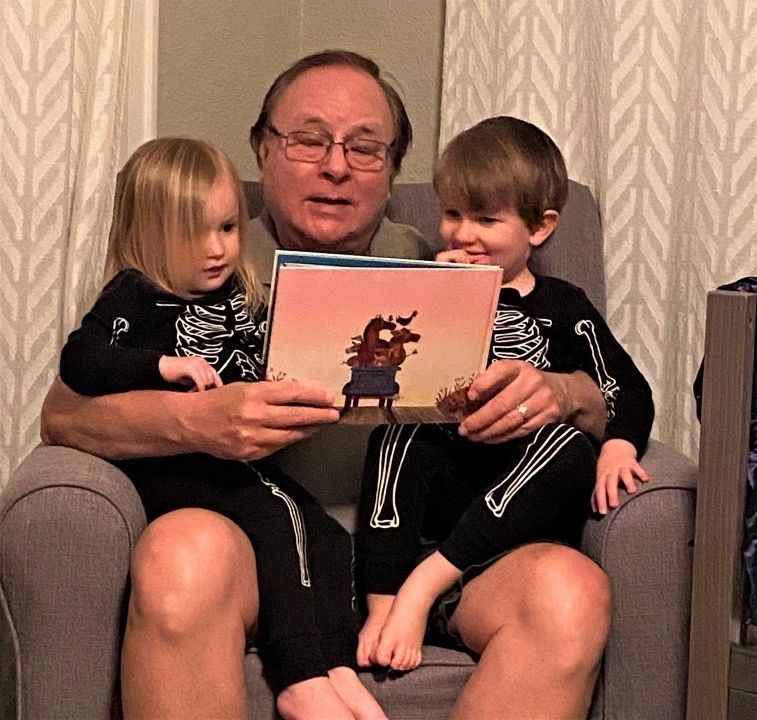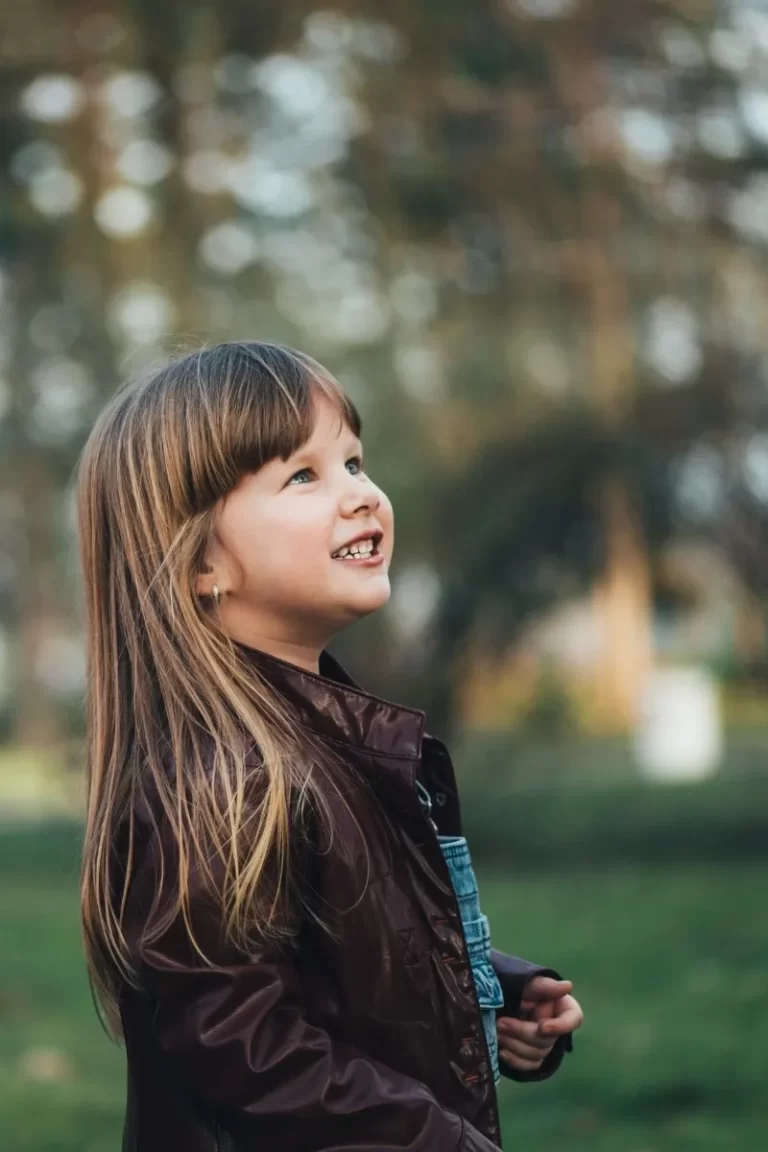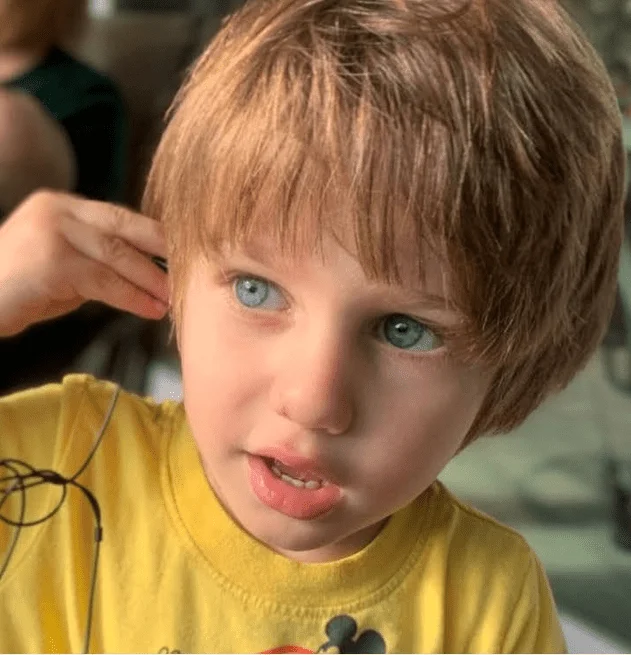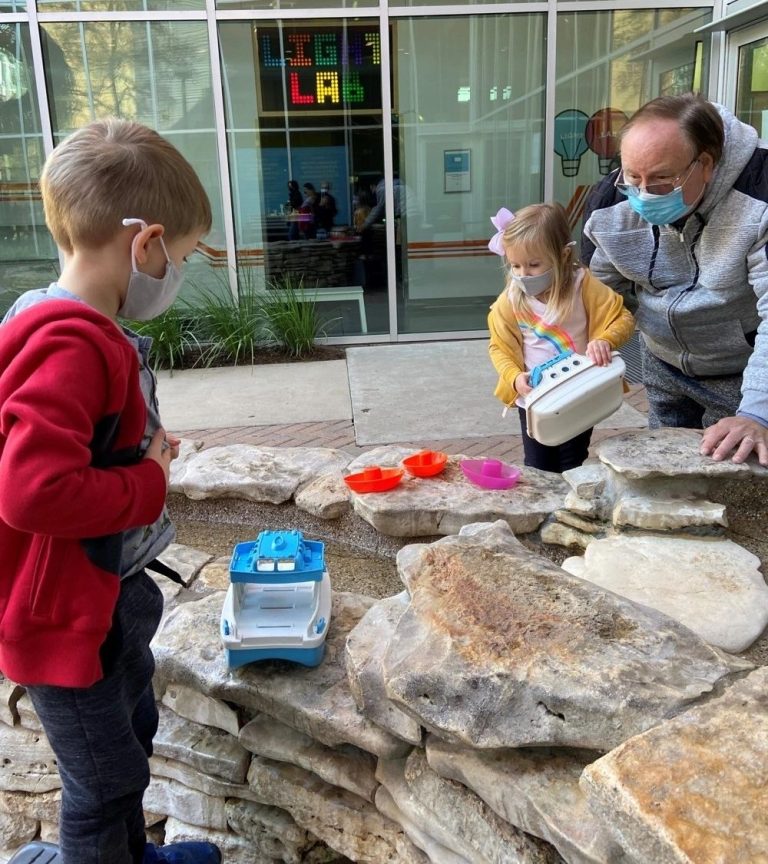It doesn’t matter if your child has dyslexia, epilepsy, cerebral palsy, and other disabilities. It is essential to have a conversation about this. This conversation will be necessary to continue the dialogue often. As your child ages, you will likely have more questions or concerns regarding their disability. Your child’s attitude towards these conversations will impact how they feel about themselves and their potential.
Here are some suggestions for starting a conversation
Everyone can be different, but they all share the same values. Everyone faces unique challenges. It is important to remember that no two people will be the same. Diversity makes life more exciting and fun. Although we are all different, there are things that all of us have in common.
Everybody, including those with disabilities, wants friends and to be respected. They also want to feel accepted. Encourage your child not only to be open to the differences but also to look for common ground. There is a good chance that your child is interested, too, in popular books, games, toys, or TV shows. Ask a person with disabilities to describe their interests and hobbies.
Bullying is wrong
Children with disabilities might be different from their peers in appearance or behavior, making them more vulnerable to bullying. That means no one can bully their friends.
Teaching empathy and compassion will help your child to recognize that bullying behavior is inappropriate and could lead to hurt feelings in someone who cannot control what is being said about them. It would help if you never made someone feel inferior or diminished.
These tips were created to help you talk with your children about disabilities. Keep in mind that children naturally have questions and are curious. It’s up to parents to teach children empathy and to see the feelings of others. It is our job to show kids respect and emphasize our commonalities, not our differences.
Use respectful words
Using the correct terminology to talk to children about their disabilities is essential. Children are constantly watching and listening, so be mindful of what you say. For example, it is essential to clearly distinguish between a disability and the person who suffers from it. It is more appropriate to refer to someone as “having Autism” or “on the autism Spectrum” rather than simply saying, “He is autistic.”
Mobility International USA has a handy tip sheet to help you understand the terminology used to describe a disabled person. Children often pick up on the opinions of their friends. Your child might use the derogatory term “Retard” to refer to someone with a disability. You can correct this by telling your child that it is hurtful.
Enjoy the small things!
Tell others about your accomplishments, even though they may seem small to them. But these are important for our kids. As children grow, many skills are acquired late, and some they never master. It could be a wiggled or unwigged toe, a word, sentence, smile, or hug. Share it with the people who love you and your child.
Discover disabilities together
As children grow older, they will be able to ask more difficult questions and want to get more complex answers. Ask your children questions and learn together about different disabilities. What do you know?
Disabilities don’t always appear
It’s also important that we remember that some disabilities can be seen, and others are invisible.” We can’t always see the person’s disability, but it’s still accurate. It’s essential to understand all forms of disability so that we can recognize and respond with kindness and creativity to those who need it.
Tell your child to ask before helping
Many children desire to be helpers but don’t know how to make it happen. Or they might endanger their safety. If your child doesn’t see the wheelchair user, getting behind them in a wheelchair could prove dangerous. Your child may also tempt you to intervene in the situation of an autistic child feeling upset. However, your child may feel tempted to give a hug to an autistic child who is upset.
Conclusion
Promote inclusion and acceptance by welcoming people with disabilities. Stop by the school, church, and playground to say hello. Encourage friendships between children with disabilities. Register your child in a school or afterschool program with children with disabilities. Open to classroom inclusion.
Many elementary schools integrate children with disabilities into classrooms. You might be concerned that your child will lose too much of their teacher’s attention. Your child is also in the driver’s seat. You can see his kindness and maturity difference when you help another child with homework.














